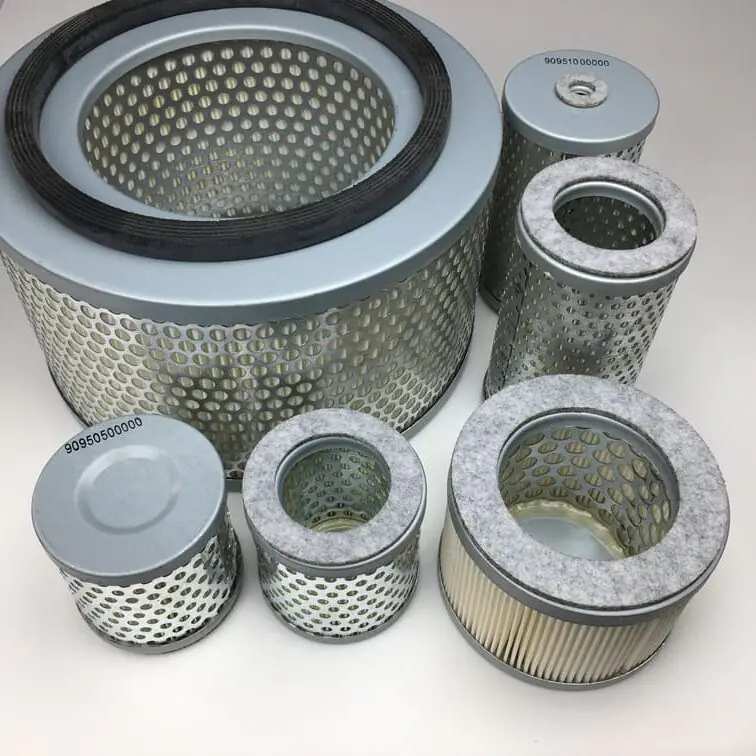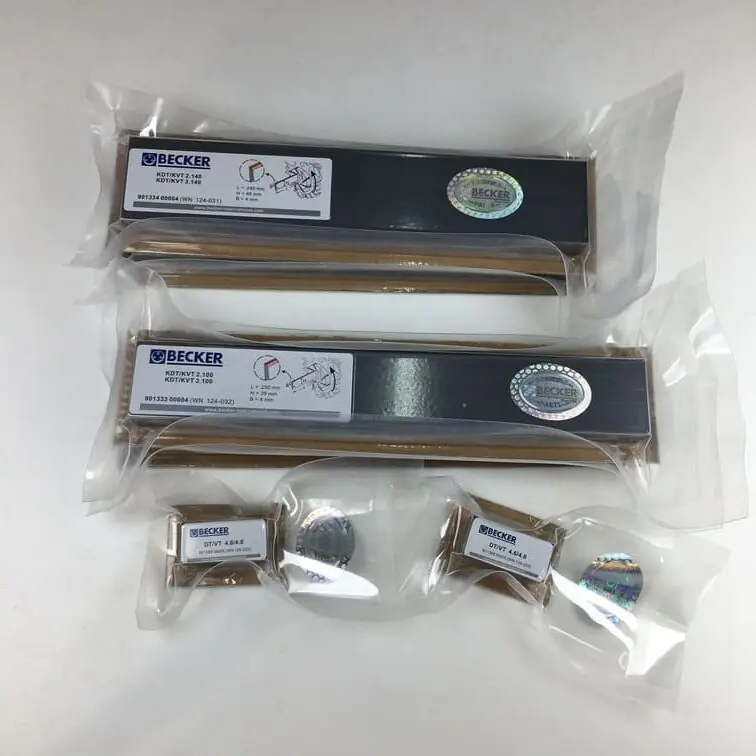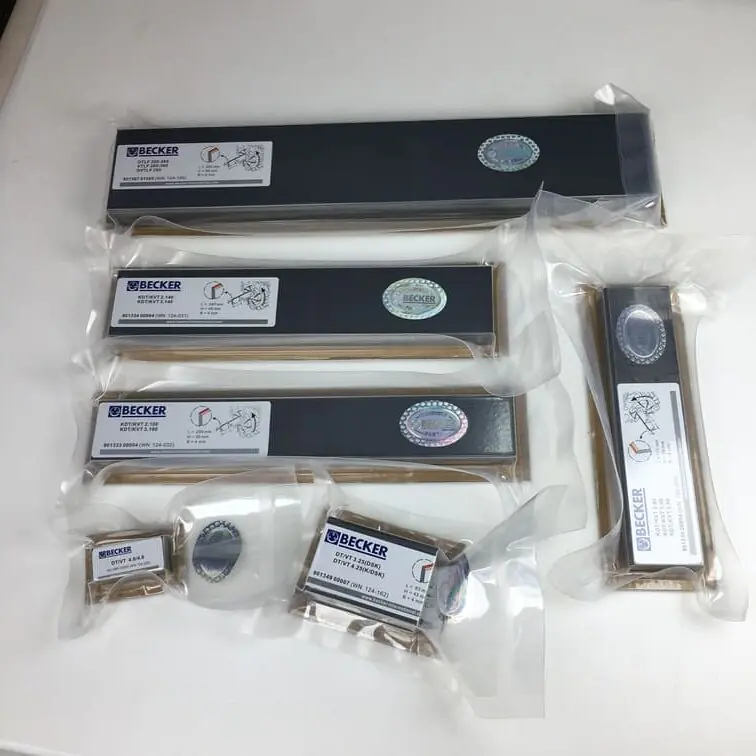How to Use a Vacuum Pump on a Car AC
Air conditioning (AC) systems in vehicles are essential for ensuring a comfortable driving experience, particularly during hot weather. Maintaining a functional AC system in your car often involves understanding how to properly service it. One of the crucial steps in servicing a car’s AC is using a vacuum pump. In this article, we will discuss the importance of using a vacuum pump on a car AC, how to do it properly, and the benefits of maintaining your automotive AC system.
Understanding Car AC System Basics
What is an AC System?
An automotive air conditioning (AC) system is a complex setup that cools the air inside the vehicle. The core function of this system is to regulate the temperature, humidity, and air quality inside the cabin. The AC system uses refrigerant to absorb heat from inside the car and dissipate it to the outside, making the car’s interior comfortable for passengers.
Components of the car AC system include:
- Compressor: Pumps and pressurizes the refrigerant, moving it through the system.
- Condenser: Cools the high-pressure gas from the compressor into a liquid state.
- Expansion Valve: Controls the flow of refrigerant.
- Evaporator: Absorbs heat from inside the car and cools the air.
- AC Lines and Hoses: Carry refrigerant through the entire system.
Each component plays a vital role in maintaining a comfortable temperature inside the car.
The Importance of Vacuuming the AC System
Before charging the AC system with new refrigerant, it’s essential to remove any air and moisture present. This is where a vacuum pump becomes critical.
Air and moisture in the AC system can reduce efficiency and cause damage to internal components. Air takes up space that should be filled with refrigerant, resulting in improper cooling, while moisture can freeze inside the expansion valve, blocking the refrigerant flow.
How Does a Vacuum Pump Work in AC Systems?
A vacuum pump removes unwanted air and moisture from the AC system. It essentially pulls the system into a vacuum, allowing for a complete evacuation of air and contaminants. This process helps maintain the system’s efficiency and ensures that only refrigerant and oil are present in the system.
Steps Involved in Using a Vacuum Pump
Below is a step-by-step guide to using a vacuum pump on a car AC system effectively:
- Prepare Your Tools and Safety Gear
- Gauge Set: Connect to the high and low side ports of the AC system.
- Vacuum Pump: A high-quality vacuum pump specifically designed for automotive AC service.
- Personal Safety Gear: Gloves and safety goggles.
- Attach the Gauges
- Connect the low side gauge (usually marked in blue) to the low-pressure service port on the AC system.
- Attach the high side gauge (usually marked in red) to the high-pressure port.
- Ensure all connections are tight and secure to avoid leaks.
- Connect the Vacuum Pump
- Use the center hose of the gauge manifold set and attach it to the vacuum pump.
- Make sure all the valves are closed initially.
- Start the Vacuum Pump
- Open the low side valve on the gauge set.
- Start the vacuum pump and let it run for 30 to 45 minutes. This will ensure that all air and moisture are evacuated from the system.
- Monitor the low-pressure gauge, which should eventually reach 30 inches of mercury (Hg), indicating that a proper vacuum has been achieved.
- Close the Valves and Check for Leaks
- Once you have pulled a vacuum, close the valves on the gauge set.
- Turn off the vacuum pump.
- Let the system sit for about 15-30 minutes to ensure that the vacuum holds. If the pressure remains steady, the system is leak-free.
- Recharging the AC System
- After confirming no leaks, you can proceed with recharging the refrigerant.
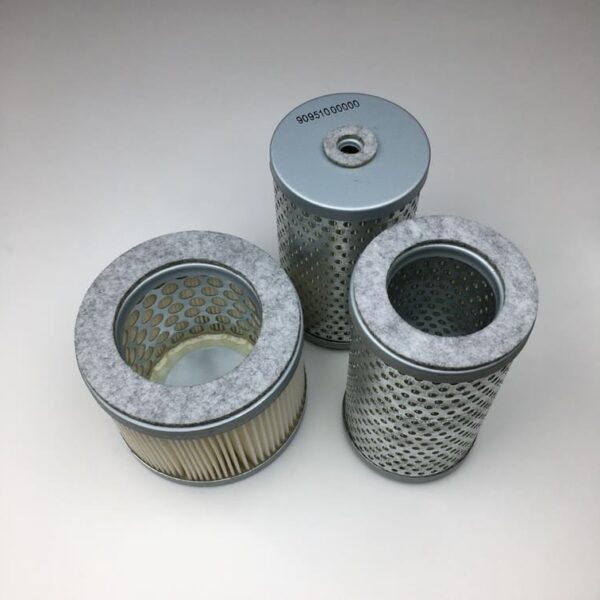 (Becker Air Filter replaces Becker 909540, ensuring optimal performance during AC servicing)
(Becker Air Filter replaces Becker 909540, ensuring optimal performance during AC servicing)
Benefits of Using a Vacuum Pump for Car AC
1. Improved System Efficiency
By pulling a proper vacuum, you ensure that the refrigerant can circulate effectively. Any trapped air will reduce the refrigerant’s ability to absorb and dissipate heat, leading to a less efficient AC system.
- Full Refrigerant Charge: A vacuum pump helps in maximizing the refrigerant charge by clearing air pockets.
2. Preventing Internal Damage
Moisture in the AC system can lead to acid formation, which could corrode internal components like the compressor. Removing all moisture with a vacuum pump helps prevent this problem, ultimately prolonging the lifespan of the entire system.
- No Freezing: The removal of moisture ensures that there is no freezing in the expansion valve, which could obstruct the flow of refrigerant.
3. Cost Savings
Running an AC system with contaminants not only decreases its efficiency but also causes long-term damage that can be costly to repair. Vacuuming the system properly helps avoid frequent breakdowns, saving on maintenance costs.
Common Mistakes When Using a Vacuum Pump
1. Inadequate Vacuum Time
One of the most common mistakes is not leaving the vacuum pump running for long enough. Pulling a proper vacuum can take anywhere between 30 to 45 minutes, depending on the system size. Insufficient vacuum time can result in retained moisture.
2. Incorrect Gauge Connections
Incorrectly connecting the high and low side hoses could lead to inaccurate readings or potential damage to the equipment. Always double-check that all hoses are attached to the correct service ports.
3. Failing to Check for Leaks
Another common mistake is skipping the leak check. After pulling a vacuum, it’s crucial to let the system sit and confirm it can hold the vacuum. Any leaks will render your efforts ineffective and could lead to further problems when you recharge the system.
Tools Required for the Job
| Tool | Description |
|---|---|
| Vacuum Pump | Used to remove air and moisture. |
| Manifold Gauge Set | Measures system pressure levels. |
| Wrench Set | To tighten and secure hose connections. |
| Safety Gear | Gloves and goggles for protection. |
Tips for Successful Vacuuming of Car AC
- Use a High-Quality Vacuum Pump
- Investing in a good vacuum pump makes a significant difference in how well you can remove air and contaminants from the AC system.
- Operate in a Controlled Environment
- If possible, work in a garage or shaded area. Direct sunlight can increase pressure in the system, making vacuuming less effective.
- Monitor Gauges Closely
- Always monitor the low side gauge during vacuuming. Any sudden increase in pressure may indicate a leak.
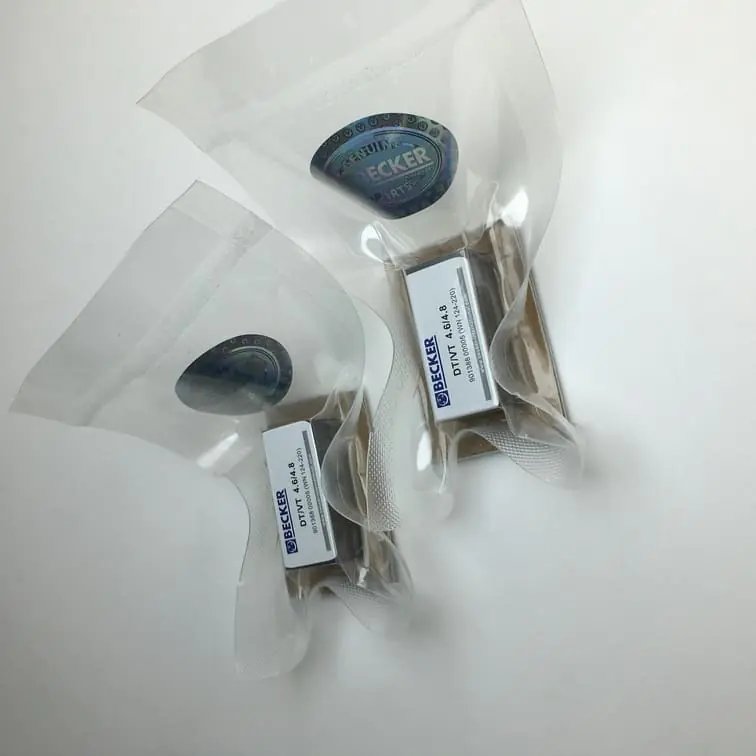 (Becker Set of 5 Vanes, critical for maintaining vacuum efficiency)
(Becker Set of 5 Vanes, critical for maintaining vacuum efficiency)
Frequently Asked Questions
1. How long should I vacuum my car AC system?
You should run the vacuum pump for 30 to 45 minutes to ensure that all air and moisture are removed from the system.
2. Can I use any vacuum pump for my car AC?
No, it’s recommended to use a high-quality vacuum pump specifically designed for automotive air conditioning. This ensures proper evacuation and avoids damage to the system.
3. What happens if I don’t vacuum my car AC system?
Not vacuuming the AC system can lead to reduced cooling performance and potential damage due to moisture, which can form acids and corrode internal components.
4. How can I tell if my AC system has a leak?
After pulling a vacuum, close all valves and monitor the gauges. If the pressure starts to rise, it indicates a leak that needs to be addressed.
5. Why is moisture harmful to my AC system?
Moisture in the AC system can freeze in the expansion valve, blocking refrigerant flow and causing the AC to malfunction.
Conclusion
Using a vacuum pump on a car AC system is a fundamental part of proper AC maintenance. It ensures the removal of unwanted air and moisture, which in turn enhances cooling efficiency and prevents damage to internal components. By following the correct steps and using the right tools, you can maintain a reliable and effective car AC system. Whether you are a DIY enthusiast or a professional mechanic, understanding how to use a vacuum pump properly is crucial for AC system longevity.
If you need parts to maintain your vacuum system or to replace critical components like vanes, consider browsing through our comprehensive selection of vacuum pump parts. We provide high-quality replacement components to ensure your system works at its best.

